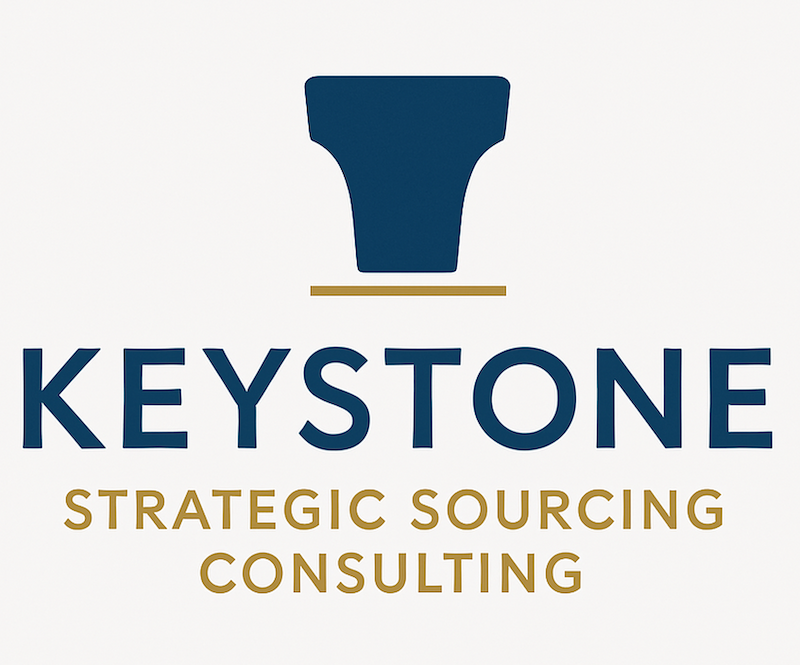Managed Print Services (MPS)
Keystone has 20 years experience with MPS
Keystone pioneered MPS in 2001 and has operated across many industries from financial to manufacturing to professional services. Our process is streamlined and effective and direct cost savings have been in excess of 40%, with a corresponding upliftment of employee productivity with document input and output. Keystone can accelerate the maturity of the environment and the realisation of these efficiencies within 6 months.
MPS Overview
MPS refers to an outsourced strategy specifically designed to optimise and manage an organisations print and document environment. Printing is often overlooked by companies and the true costs are hidden in many different budgets and expense accounts, so visibility of the true overall cost requires an assessment. The savings available and increased user productivity potential are significant.
Printing is not core to most business operations so the outsource strategy is appropriate for this commodity. The design of the contract and leverage over the Service Levels are crucial for achieving optimal and sustained efficiencies.
MPS Maturity
Corporate Maturity with Managed Print Services (MPS) refers to the process by which an organization evolves in its use of print technology and management solutions to reach an advanced level of operational efficiency, cost control, and strategic alignment with broader business objectives. The journey is difficult to navigate without a guide as it is characterised with onerous contract clauses that are hard to understand, costly to terminate and the difficulty to indentify and quantify all of the costs.
Companies that review this commodity evolve through 4 phases: Keystone will evolve your environment from Ad-hoc to phase 4 integration within 6 months.
1 An ad-hoc deployment of devices, reactive management (i.e. only when challenges arise).
2 Standardisation, consolidation of service providers and an Optimised Deployment.
3 Pro-active management integration.
4 Integration with Overall IT and Business Strategies and Document Management.
Phase 1: AD-Hoc Reactive Strategy
This phase is characterised by multple devices and different manufacturers with little or no focus on the matching workgroup needs. Smaller devices generally have high running costs however often take a large volume of printing due to proximity to the user. Larger devices are spread out and have high capital costs but lower running costs but are not used due to the distance from the desk. Volumes and costs are not quantified and many expense accounts hold the costs of rentals consumables and repairs.
Management react only when devices start breaking down, users are complaining or if the rental contracts expire.
Phase 2: Standardisation, Consolidation and Optimisation
Awareness of costs and the impacts on employee productivity drive management to focus on the environment and a process of consolidating deployment to meet workgroup demands, standardize devices and manufacturers, and automate basic management to keep availability.Introduction of reporting on print volumes, costs and service levels for maintenance. An awareness of costs is experienced to give users a conscious-cost level and requested to limit volumes.
Phase 3: Proactive Management
Through the awareness and realisation of overall costs organisations focus on proactive cost control, sustainability, and optimizing workflows. Print-related decisions are based on data-driven insights from advanced reporting and analytics.
At this stage the financial model includes only paying for volumes printed on a cost per copy basis, one for mon and one for colour. A single MPS service provider will manage the SLA, reporting on volumes and costs and usually the deployment has standardised to 1 manufacturer who also runs the SLA and MPS.
Phase 4: Standardisation & Optimisation
At this level, print management is fully integrated with the organization’s overall IT and business strategy. The organization uses MPS not just to manage print, but to enhance employee productivity, reduce environmental impact, and drive innovation. Document workflows are integrated as the scanner becomes a logical on-ramp to the organisation document archiving, workflows and accounts payable automation.
SLA management is crucial and the company has strong leverage over SLA failures and penalty application.

Share This Page